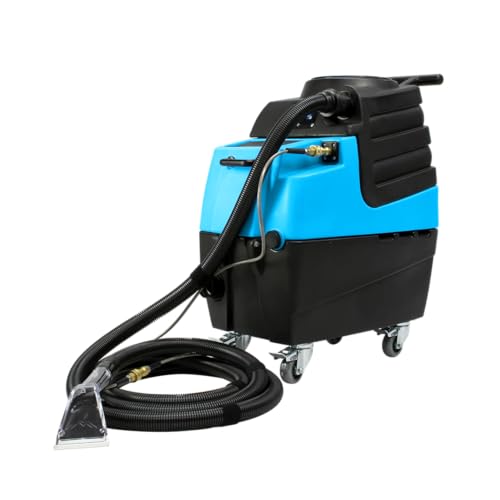This is quite a hard one to pin down from BMW's documentation, and understanding may not be helped by the process of translating from German.
I just reread appropriate sections of BMW's
I01 Heating and A/C Systems Technical Training Manual and agree with your conclusion. There are some crucial sentences that make no sense when read literally which might be a result of poor translations.
In a section describing the heat pump's operation:
"From an ambient temperature of -10 °C / 14 °F and a mean set-point value of the heating and air-conditioning system (22 °C / 71 °F in automatic function) an interior air temperature control without the additional heating is realized by the electric heating."
Huh?!
The next sentence is
"The heat pump is no longer operated below -10 °C / 14 °F."
I interpret the confusing sentence as:
"From an ambient temperature of -10 °C / 14 °F and a mean set-point value of the heating and air-conditioning system (22 °C / 71 °F in automatic function), the interior air temperature can be controlled without additional heating provided by the auxiliary flow heater."
However, if the set point is warmer, the auxiliary flow heater would have to help provide heat. It might also be turned on to accelerate cabin heat delivery initially until the set point temperature is reached (I didn't read that but am merely guessing). The refrigerant in the heat exchanger of our heat pump water heater can take more than 10 minutes to heat up enough to begin heating water when the heat pump turns on whereas the electric heating elements in our water heater begin heating water almost immediately after they're turned on.
I had made the incorrect assumption that because I had read that the heat pump doesn't operate below -10 °C/14 °F, that the auxiliary flow heater doesn't operate above -10 °C/14 °F in heat pump equipped i3's. However, I haven't read that anywhere, so it's almost certainly not true.
With the heat pump option, the coolant pump's speed is varied to distribute the coolant heat most efficiently from the heat pump refrigerant heat exchanger to the cabin air heat exchanger. Without the heat pump option, the coolant pump is either on at full speed or off, so the auxiliary flow heater heating level is set to one of 6 levels to distribute coolant heat most efficiently from auxiliary flow heater to the cabin air heat exchanger.
The coolant pump is a separate part with its own part number, so if it fails, it could be replaced without the auxiliary flow heater being replaced. I incorrectly assumed that it was an integral part of the auxiliary flow heater. A failed pump must not be the typical cause of no cabin heating whereas a failed auxiliary flow heater is. Unfortunately, the auxiliary flow heater is much more expensive than the coolant pump.
The heat pump is in series with the electrical heater, and its effect is that, under the right conditions, it pre-heats the coolant, thus reducing the additional heat that the electrical heater needs to add to get the coolant up to a usable temperature. But I don't *think* (from reading the BMW US documentation) the heat pump on its own can raise coolant temperature enough to produce useful heat from the passenger compartment heat exchanger (except perhaps under exceptional conditions).
I doubt that adding 36 parts, 7 kg, and 220 g of refrigerant to the refrigerant system to implement heat pump heating would be worthwhile if the heat pump weren't the principle source of heat most of the time. My guess is that it is the principle source of heat with the auxiliary flow heater providing additional heat in conditions when the heat pump can't provide enough heat (e.g., when the heater is first turned on or when the set point is quite high in cold weather). We might never know the real answer.
In fairness, the writers of the BMW US documentation acknowledge that it's a hard feature to describe in detail, by including the words (in bold):
The heat pump is not an individual component, but a complex adaptation of a refrigerant circuit with an equally complex control structure.
Comparing the 4 diagrams of the refrigerant circuits without the heat pump, with the heat pump in cooling mode, with the heat pump in heating mode, and with the heat pump in mixed mode really helped me understand the plumbing. The control structure is another matter…


















































![Homtronics Electric Spin Scrubber, [IPX7 Waterproof ] [50KG Torque] Shower Scrubber with 9 Brush Heads, 2 Speed Mode, 4 Adjustable Angles, Electric Brush for Cleaning for Bathroom Floor Tile](https://m.media-amazon.com/images/I/51ZmvOIf5nL._SL500_.jpg)